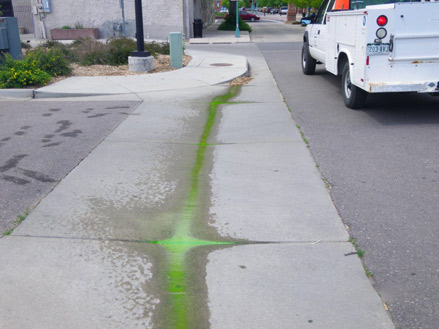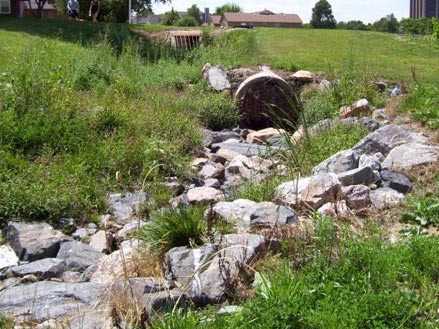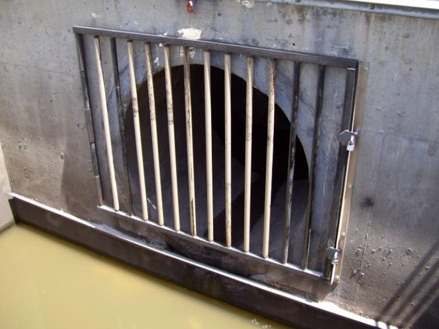OBJECTIVES & PRIORITIES
REGULATORY & WATER QUALITY IMAGES
Mission: The Regulatory Program Element is charged with regulating and enforcing various items defined by the City Code and Ordinances, along with State and Federal requirements. In addition, the Regulatory Program is charged with updating the applicable codes and ensuring that Aurora regulations remain in compliance with State and Federal regulations. The Floodplain Administration Program Element also assists in code enforcement in terms of meeting State and Federal floodplain regulation requirements, but the distinction should be made that these regulations are specifically linked to the Floodplain Program Element and left out of the Regulatory Program Element.




4 - 4
<
>
REGULATORY/WQ PROGRAM ELEMENT GAPS
To access the full Gap Analysis Technical Memo, please click here. Gaps identified in Phase I and Phase II for the Regulatory & Water Quality Program are listed below.
REGULATORY/WATER QUALITY PATH FORWARD:
• Develop a process for monitoring and implementing future regulatory compliance requirements (statewide and/or national).
• Develop workflow options for achieving MS4 compliance and data sharing.
• Improve documentation, legal agreements, temporary water quality BMP enforcement (construction, volume documentation, outlet characteristics, maintenance, etc.), and inspection/maintenance records to meet MS4 requirements.
• Establish a training program to facilitate the implementation of procedures to resolve spill response, illicit discharge, non-stormwater discharges, and other program components of the MS4 permit.
• Document SWMPs and 404 permits in GIS.
• Include Enforced Actions in GIS.
• Incorporate Division of Wildlife Information and wetland mapping in GIS.
• Complete an integrated stream corridor management plan and integrate into GIS or other electronic storage platform.
• Share operating plans between Public Works and Aurora Water (including, but not exclusive to, illicit discharge program).
• Consider hiring another compliance inspector for enforcement related to the MS4 and water quality issues.
• Require developers/agencies to follow UDFCD criteria on development site plans to ensure maintenance funding from UDFCD.
• Track inspections in INFOR.
• Explore ways to automate annual reporting.
• Establish a “hammer” to ensure that private ponds are maintained and procedures are clear. Ensure that pond certification process is well-defined. Establish a process for dealing with issues that are discovered. Provide direction regarding ponds built before 2008. Continue to inspect ponds on a regular basis to determine problems. Clarify and establish the system for tracking stormwater ponds after they are complete and move to operations. Establish a process and timeline for transfer of ownership from private owners to the City (for BMPs), including clarifying who follows up with private entities with regard to ownership and management. Design, construct, and maintain ponds in accordance with MS4 requirements (process may be required). Establish GIS numbers for private ponds. Track I&M in a location that ensures access to all necessary parties. Link I&M plans to the pond file. Track final pond approval.
• Update staff training relative to water quality, detention, and erosion control needs (and keep up-to-date).
• Include a wetlands layer on GIS.
• Establish a consistent process for entering and storing SWMP and 404 permits.
REGULATORY & WQ FUNCTION MATRIX

REGULATORY & WQ FUNCTION MATRIX & PROGRAM ELEMENT DETAILS
Identifies functions, responsible parties, gaps, and overlaps in the Regulatory & Water Quality Element.
Flood Response Plan, Courtesy of Aurora Water

